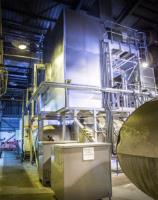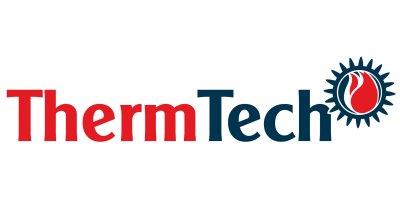 Add My Company
Add My Company
Sign In

Economisers have the potential to slash the energy and environmental costs from boilers. However, the way economisers are designed and manufactured plays a major role in determining to what extent they can lower a boiler’s energy requirement and environmental impact.
Lionel Macey, Technical Director at ThermTech, looks at the design and manufacturing features that make economisers highly efficient.
It’s tempting to think that one economiser can fit all boilers. However, if we aim to maximise the energy and environmental savings, the economiser should be built to suit the specific boiler design and the way in which it operates. In fact, one single economiser design can’t provide optimum heat transfer and adapt to different applications, like industrial boilers, CHP engines and plant turbines, process plants, or thermal oil heaters.
What are the most important aspects you should be considering when selecting an economiser?
What do the hydraulic designs look like?
Traditional economiser designs are based on boilers that operate continuously at maximum flow rates. However, if the system operates with variable flow rates, these economisers may not be as efficient. Therefore, traditional ‘gas down-water up’ arrangements with a series of small finned tubes coming off a large manifold may not always provide the best hydraulic and venting performances.
In fact, for industrial shell boilers, with flue arranged vertically or horizontally and that run with a fluctuating five to one turn down ratio, the best economiser should be designed as a single tube arranged in a series of serpentines. In this way, both sludge build-up in the lower tubes and poor distribution of water at low flow rates are avoided.
This solution may have a higher upfront cost, but return on investment can occur quicker, as higher energy efficiency, i.e. fuel saving, is achieved.
What are the arrangements for different fuel types?
Economisers are mostly used for gas applications; however, they may be installed in systems where oil or digested gases are used as fuel types. In this case, a few considerations should be made.
When (sulphur-free) oil is used, it might be better to widen the fin spacing in economisers to easily remove oily or sooty deposits. Nonetheless, oily deposits often burn off without leaving a trace when economisers return to gas firing.
Biogases, such as anaerobic digestors or land fill gases, used within the boiler may contain sulphur, which can condense on economisers and produce sulphuric acid and subsequently corrode the device. In this case, it is necessary to design an apparatus that either removes sulphur prior to combustion or ensures that the biogas is well mixed with natural gas to avoid sulphuric acid formation.
For more information on Five questions you should ask before you investing in economisers talk to ThermTech Ltd
Enquire Now
List your company on FindTheNeedle.

